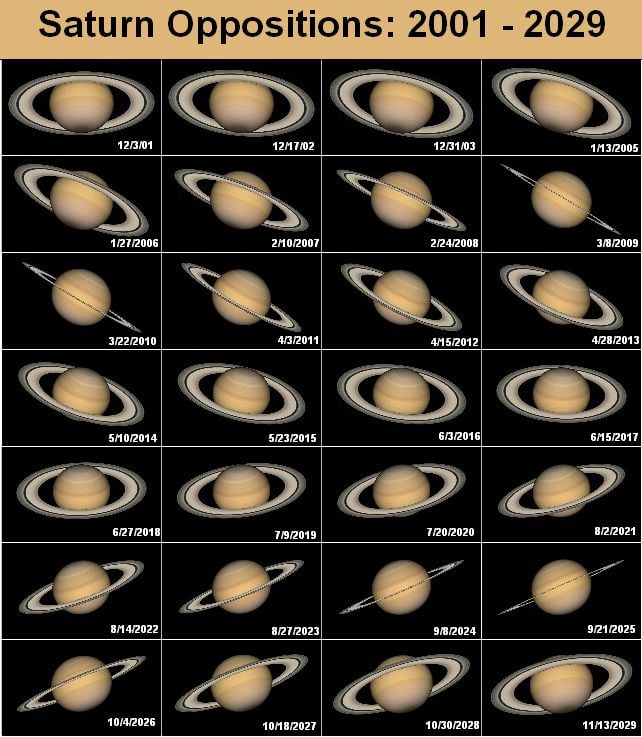I have a stupid question. If I took a spaceship and went there, would I be able to fly through the rings? Like, up close is it a big empty place like “asteroid belts”?
Space
Share & discuss informative content on: Astrophysics, Cosmology, Space Exploration, Planetary Science and Astrobiology.
Rules
- Be respectful and inclusive.
- No harassment, hate speech, or trolling.
- Engage in constructive discussions.
- Share relevant content.
- Follow guidelines and moderators' instructions.
- Use appropriate language and tone.
- Report violations.
- Foster a continuous learning environment.
Picture of the Day
 The Busy Center of the Lagoon Nebula
The Busy Center of the Lagoon Nebula
Related Communities
🔭 Science
- [email protected]
- [email protected]
- [email protected]
- [email protected]
- [email protected]
- [email protected]
- [email protected]
- [email protected]
- [email protected]
🚀 Engineering
🌌 Art and Photography
Other Cool Links
That's not a stupid question at all. Was curious myself, and found this: https://sciencing.com/close-rocks-saturns-rings-13152.html
Compared with most other astronomical objects, the ice and rock particles in Saturn’s rings are extremely close together. On average, about 3 percent of the total volume of the disk is occupied by solid particles, while the rest is empty space. This may sound small, but it means the typical separation between particles is only a little over three times their average diameter. Assuming a value of 30 centimeters for the latter, the rocks would be as close as one meter away from each other. There is no hard and fast rule, however, due to density variations across the rings and the wide spectrum of particle sizes.
It would seem that the particles in Saturn's rings are more like the movie portrayals of asteroid fields: dangerously close together, and you wouldn't want to try to fly through them.
What if you had a giant vacuum nozzle at the front and shoot the ice particles out the back of your rocket? :D
Hmm that might actually not be so stupid. First there must be some gas pressure since water ice would sublimate otherwise, so that actually should help gather and guide particles.
Then if you would go slow enough the forces should be minimal and you could mine the water ice this way. Or extract solids and turn the water into big blocks of pykrete to reinforce the nozzle. Or use the blocks of ice to build a space habitat. Or accelerate waste out the back to accelerate again. You'd only need a reactor with enough power.
I want to say that if you're going slow enough relative to particles and in the same plane as them, you could probably just kind of bump them out of the way if they're not more massive than your ship. Note that I would not try that with my own spaceship but perhaps with a rental 😆
There's several hard sci-fi books where ice is harvested and used for shielding, melted for water/life support, etc almost exactly like you're describing.
Yeah The Expanse is awesome but they are mining rather big ice chunks. In the Starcarrier series they find a giant shipyard churning through protoplanetary disk. Which sounds kind of ideal for mining raw materials for e.g. space habitats. But I guess a low gravity moon or asteroid would work just as well.
Cassini got some great pics of Saturn's rings too
You can try that on Elite Dangerous.
Saturn's rings regularly "disappear". Even Galileo noticed, although he had no idea what was happening.
In 1612 the Earth passed through the plane of the rings and they became invisible. Mystified, Galileo remarked "I do not know what to say in a case so surprising, so unlooked for and so novel." He mused, "Has Saturn swallowed his children?" — referring to the myth of the Titan Saturn devouring his offspring to forestall the prophecy of them overthrowing him. He was further confused when the rings again became visible in 1613. (From Wikipedia).
Wikipedia has a great image of orientations on the dates of Saturn's opposition from 2001 thru 2029 (copied below). It really shows what's going on and the approximate timing of visibility of the rings as they change from a Northern to Southern view from Earth's perspective. Between March and November of 2025 the rings will be in the least visible orientations.

